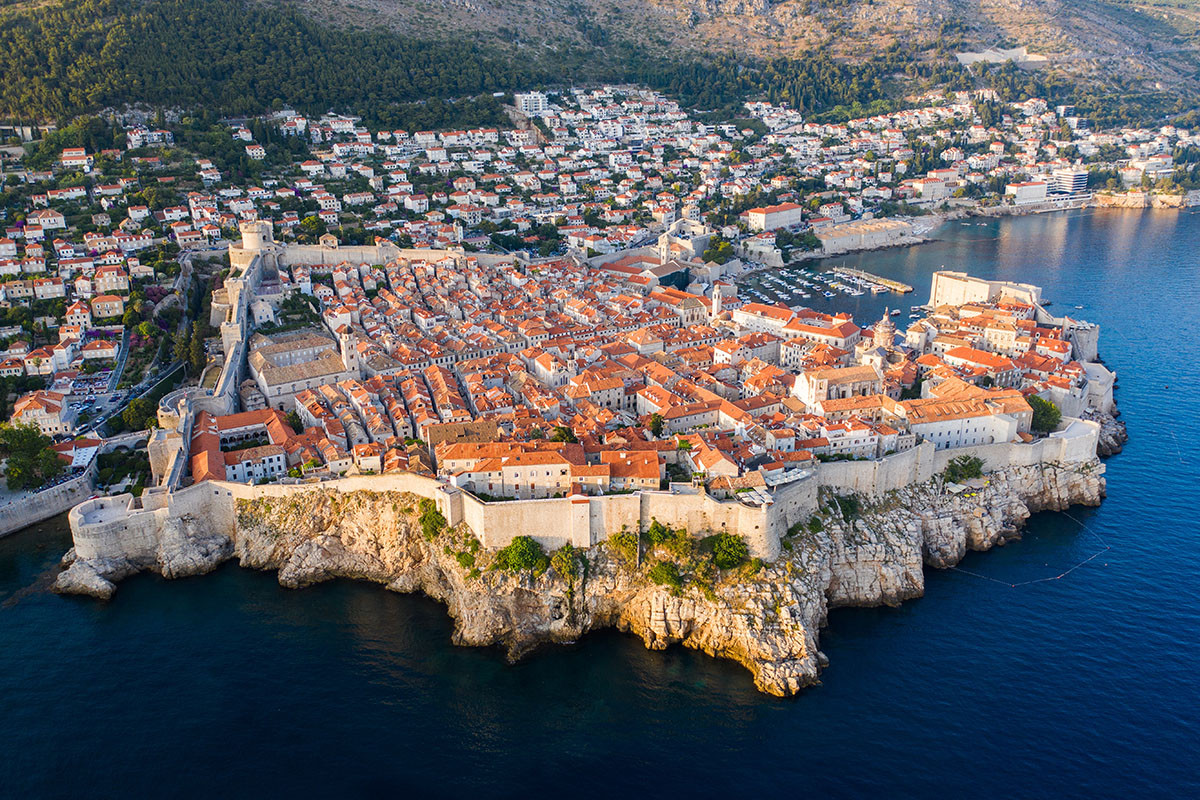
Croatia is a small country however it has a rich culture and history. Croatia claims a total of ten UNESCO World Heritage sites.
Some of the most visited UNESCO sites are the Old Towns of Split and Dubrovnik, but let’s see the remaining UNESCO sites in Croatia that you may like to visit.
1. Historical Complex of Split with the Palace of Diocletian (1979)
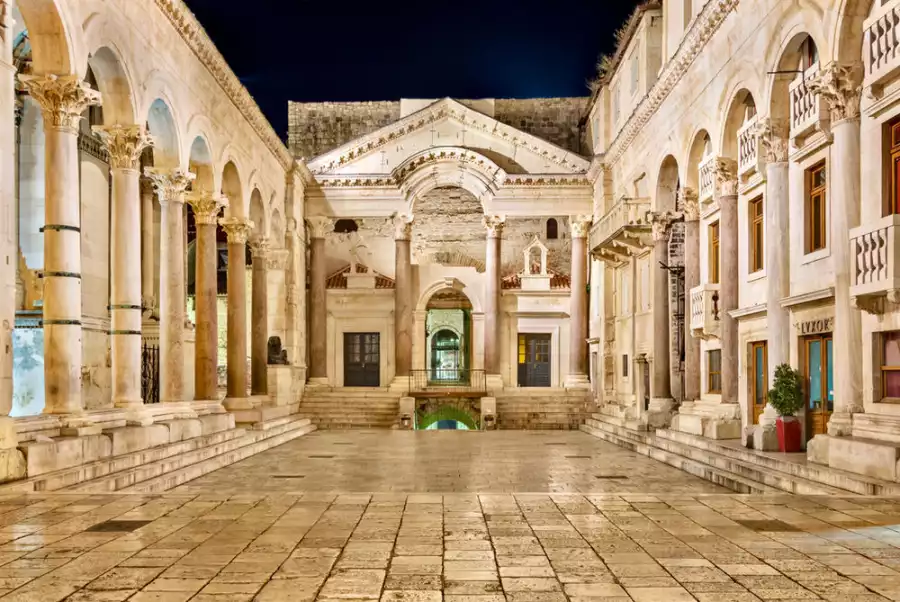
Diocletian’s Palace is one of the best preserved monuments of Roman architecture in the world. The name may be confusing because when you actually come to Split, you won’t have a feeling that you’re inside of a palace, but rather in fortified part of Old Town. Interesting fact is that there was nothing around the palace during the rule of Emperor Diocletian. At that time, Split didn’t even exist – just the palace and residents inside it. The main parts of the palace are Peristyle Square (also the main city square) and the Substructures (popularly called “the basements”). And did you know that the oldest cathedral in the world is in the Diocletian’s Palace? The Cathedral of St Domnius was built between 295-305 AD and is the mausoleum of Emperor Diocletian.
2. Old City of Dubrovnik (1979,1994)
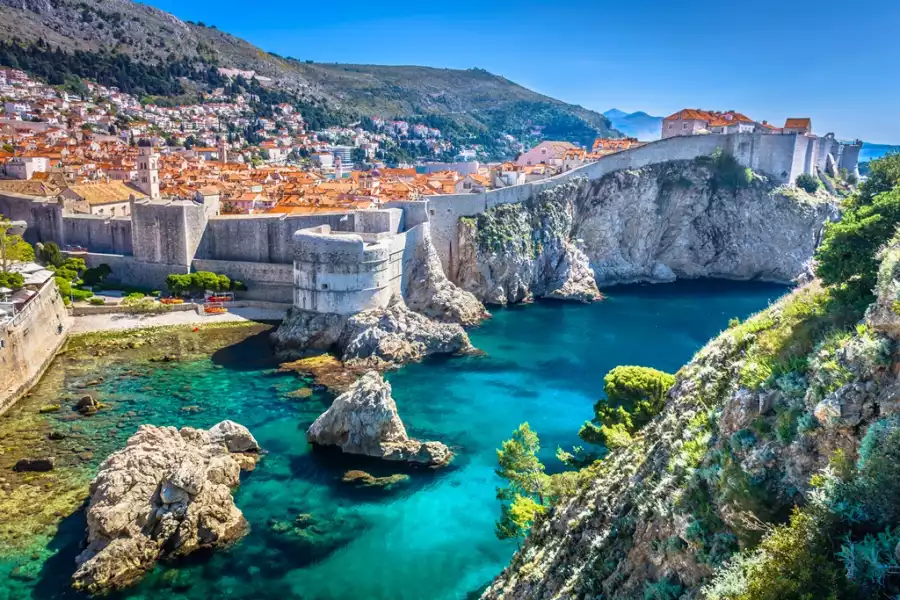
The Old Town in Dubrovnik is the reason why the famous English poet, Lord Byron, gave this city the nickname “the pearl of the Adriatic”. The Old Town was listed as World Heritage in 1979 and since then it has been attracting more than a million visitors each year. The historical city core is actually a fortification thanks to 2km-long City Walls which in the past served as a protection from invaders. The main street in the Old Town is called Stradun and it is favourite meeting place for both locals and tourists. At the end of Stradun you can see beautiful Gothic-Renaissance Sponza Palace and Rector’s Palace which was portrayed in world-famous TV series Game of Thrones.
3. Historic City of Trogir (1997)
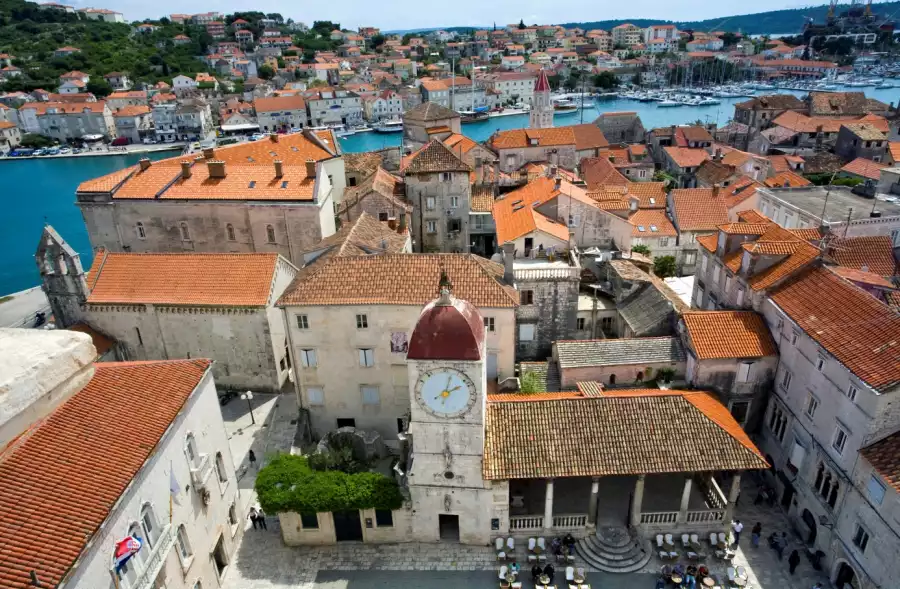
Only 30 kilometres from Split is located another wonder of old Roman architecture. The whole town was listed as a World Heritage back in 1997. Visit Cathedral of St Lawrence, the main church in the city, one of the best architectural examples in Croatia. It is famous for its Romanesque portal carved by Master Radovan. Probably the most notable symbol of Trogir is Kamerlengo Fortress (at the end of city waterfront) from 15th century which was a governor’s palace during the rule of Venetians.
4. Episcopal Complex of the Euphrasian Basilica in the Historic Centre of Poreč (1997)
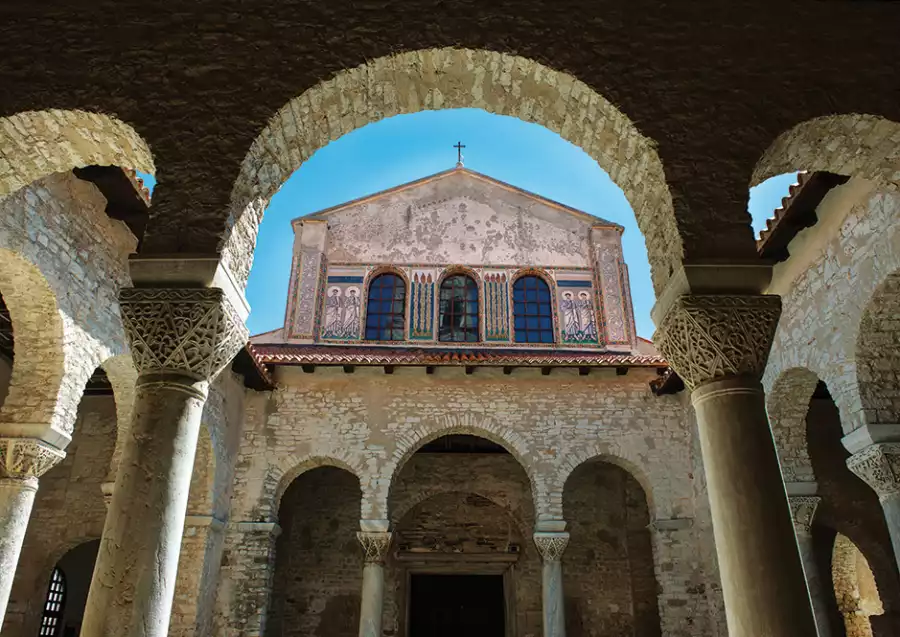
Porec may be a small town, but it certainly can boast of the fact that it has a basilica listed as a UNESCO site. The Euphrasian Basilica was added to the list in 1997. The episcopal complex of the basilica includes basilica, sacristy, baptistery and the bell tower which is one of rare representations of Byzantine architecture in Croatia.
5. The Cathedral of St James in Šibenik (2000)
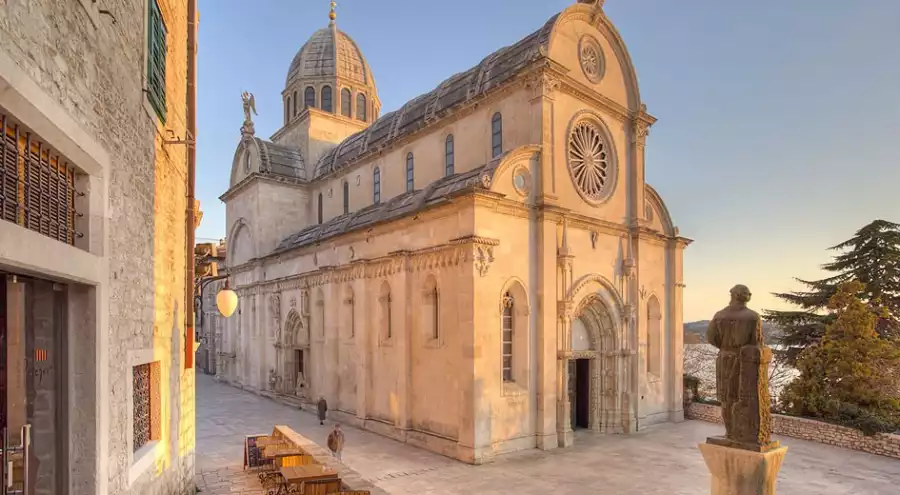
Although as not as old as the one in Split (built in 16th century), the Cathedral of Saint James in Sibenik got its place among World Heritage sites for many other reasons. The cathedral was listed as a UNESCO site in 2000 due to its exceptional value and it is the most important Renaissance monument in the entire country. However, St James Cathedral gained its popularity after it was shown in Game of Thrones when it doubled as some parts of Braavos.
6. Stari Grad Plain - Island of Hvar (2008)
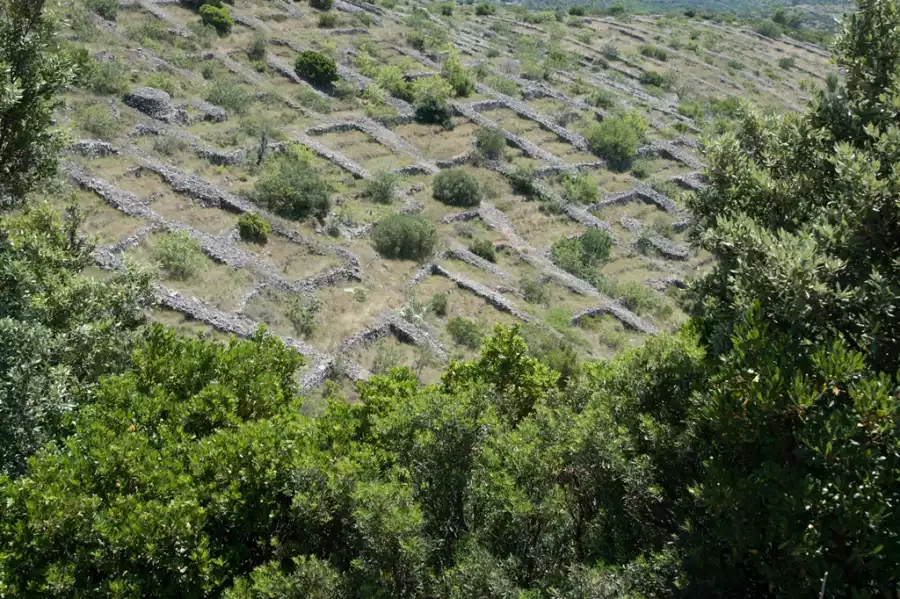
Stari Grad Plain on the Adriatic island of Hvar is a cultural landscape that has remained practically intact since it was first colonized by Ionian Greeks from Paros in the 4th century BC. The original agricultural activity of this fertile plain, mainly centring on grapes and olives, has been maintained since Greek times to the present. The site is also a natural reserve. The landscape features ancient stone walls and trims, or small stone shelters, and bears testimony to the ancient geometrical system of land division used by the ancient Greeks, the chora which has remained virtually intact over 24 centuries.
7. Stećci Medieval Tombstone Graveyards (2016)
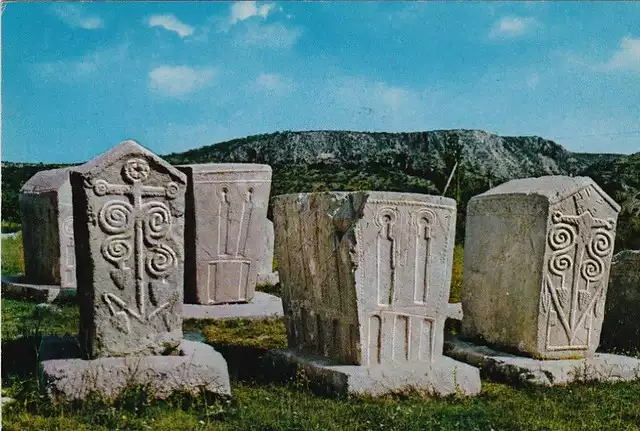
Porec may be a small town, but it certainly can boast of the fact that it has a basilica listed as a UNESCO site. The Euphrasian Basilica was added to the list in 1997. The episcopal complex of the basilica includes basilica, sacristy, baptistery and the bell tower which is one of rare representations of Byzantine architecture in Croatia.
8. Venetian Works of Defence between the 16th and 17th Centuries: Stato da Terra – Western Stato da Mar (2017)
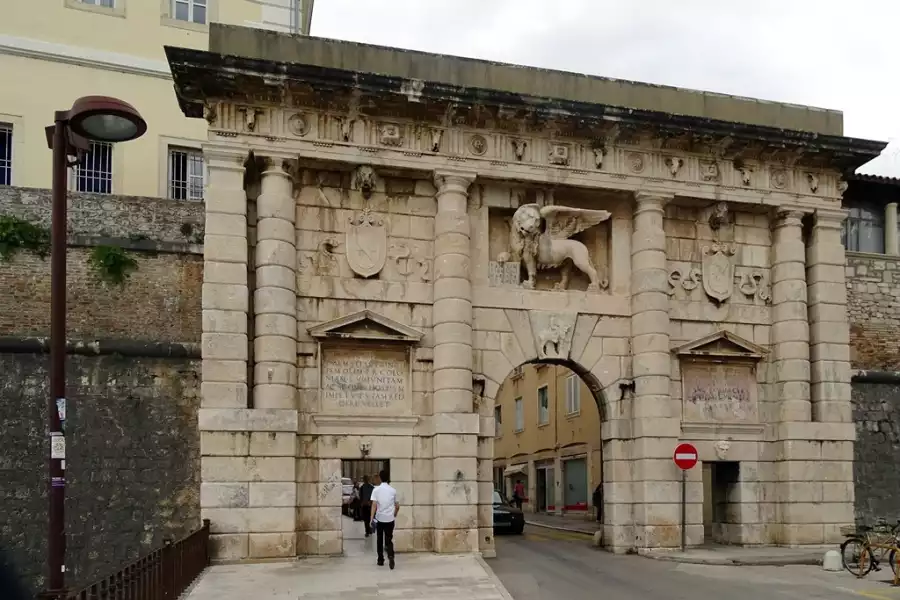

These two UNESCO sites actually belong to a group of six defensive walls built by the Republic of Venice between 15th and 17th century along the Adriatic coast. Other than Croatia, these types of fortifications can be found in Italy and Montenegro. Defensive system of Zadar (picture 1) includes the monumental Land Gate built by Venetian architect Michele Sanmicheli and they served as a connection between old port and the town. On the other side, St Nicholas Fortress (picture 2) is isolated on islet Ljuljevac near Sibenik. The fortress had a defensive purpose, but interestingly, it never actually got attacked. Some legends say that no one ever dared to attack the fortress because it looked powerful and undefeatable – which was basically the main goal of constructing that kind of fortresses.
UNESCO NATURAL SITES
9. Plitvice Lakes National Park (1979,2000)
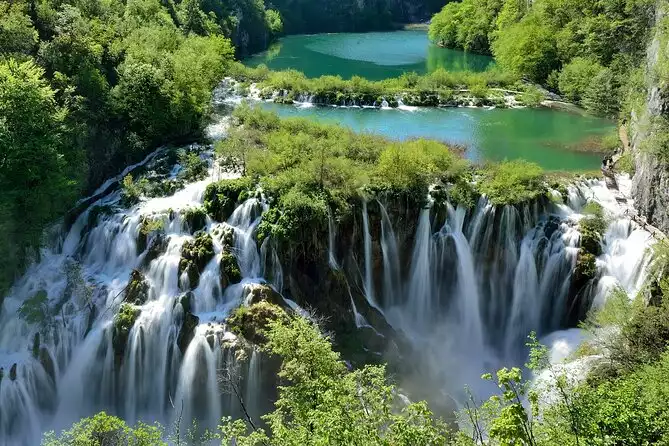
National Park Plitvice Lakes is the largest, the oldest and the most visited national park in Croatia. And on top of that, it is the only one which made it to UNESCO World Heritage site list. How? Mostly because of its rich flora and fauna and magical 16 turquoise lakes with numerous cascades. The beauty of this national park is truly unique and that is why more than million people from all over the world come to visit Plitvice. I mean, who would say no to actually see the real bear? And although the entrance fee is a bit pricey, believe us, it is well worth it.
10. Ancient and Primeval Beech Forests of the Carpathians and Other Regions of Europe (2007, 2011, 2017, 2021)
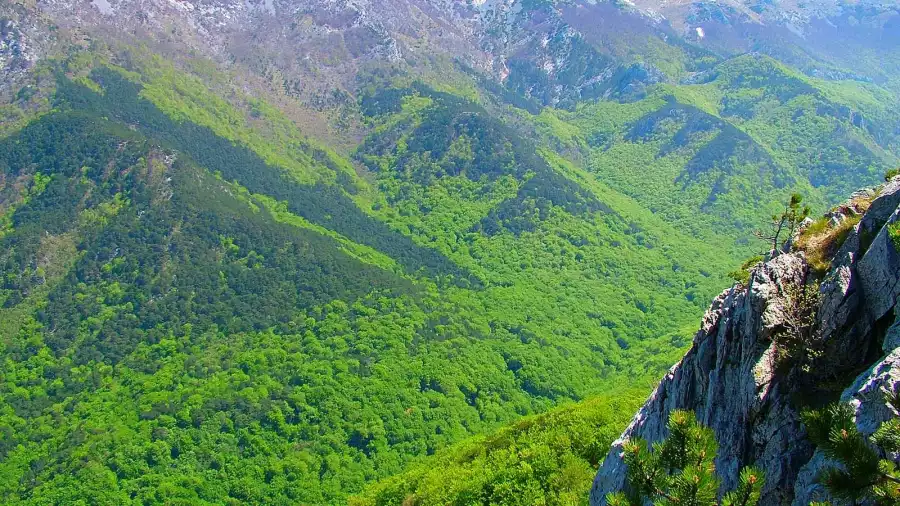
It would be wrong to call it a Croatian UNESCO site but some parts of it are located in Croatia. Primeval Beech Forests of the Carpathians is the largest UNESCO World Heritage site in Europe because it extends across 12 countries. The Carpathians cover a total area of 779 square kilometres and Croatian part of the Carpathians make National Park Paklenica and National Park Northern Velebit along with their strict reserves Hajducki and Rozanski kukovi. The main focus of UNESCO is to preserve beech forests in Europe and it that way make the European eco-system develop more easily.


